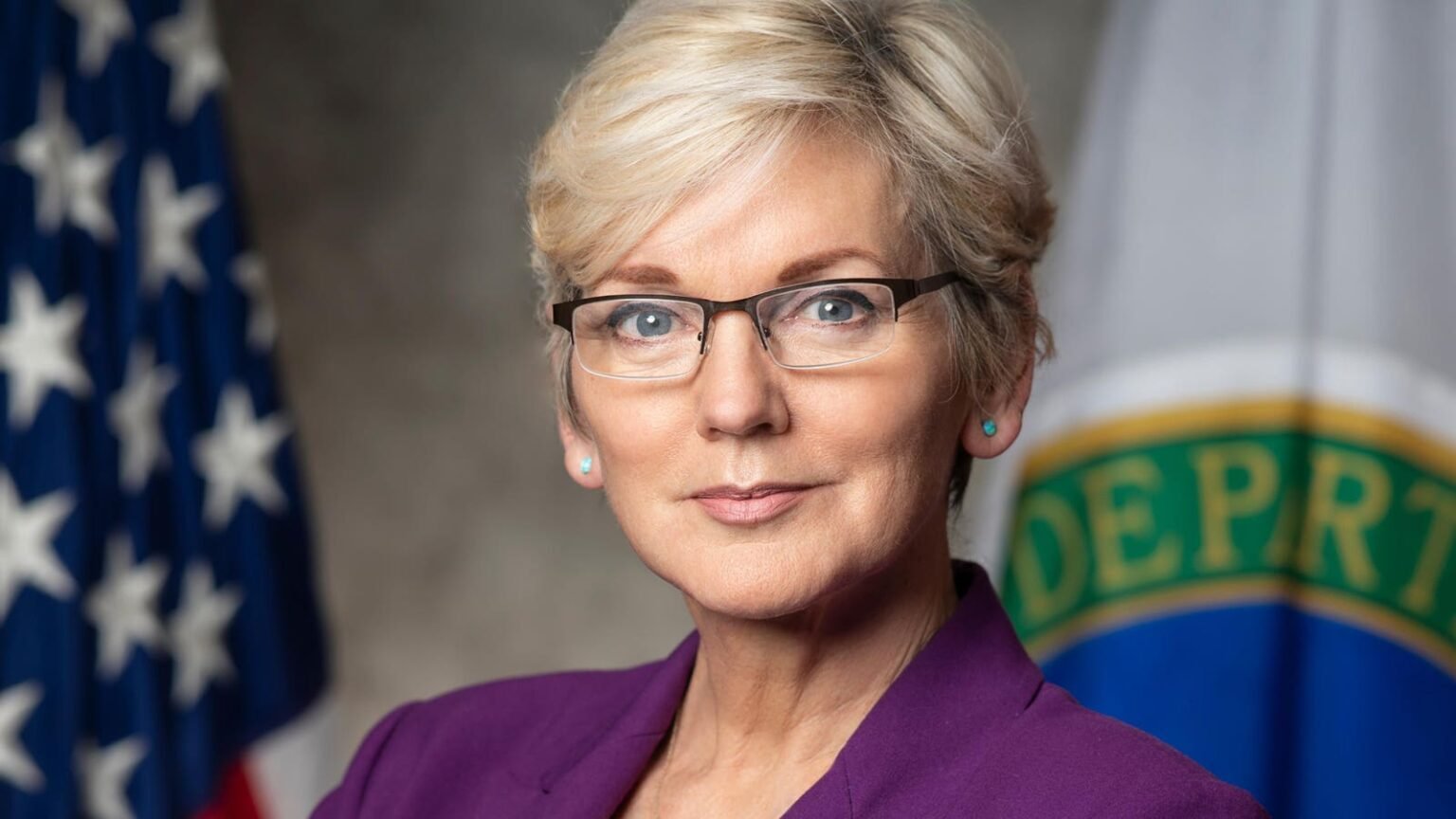Jennifer Granholm, the former Michigan governor, has taken on the role of Secretary of Energy during a time when the U.S. is investing billions of dollars in clean energy and infrastructure. With a budget of over $110 billion, Granholm aims to rapidly deploy funds towards greener forms of energy in order to create new jobs and move towards a cleaner future. The urgency comes from the Biden Administration’s goal of achieving net-zero emissions by 2050 to combat climate change.
The Department of Energy has been reorganized to focus on deploying clean energy, a shift from its historical focus on research and managing the nuclear stockpile. With billions of dollars in grants and loans from recent legislation, including the Bipartisan Infrastructure Law and Inflation Reduction Act, Energy is supporting projects such as new solar panel and wind turbine factories, battery production for electric vehicles, and clean hydrogen production for heavy industries. The funding is also encouraging private companies to make matching investments, leading to increased green initiatives such as Walmart’s solar installations and Amazon’s electric fleet.
Granholm points to early successes in solar power and battery storage, with record-breaking growth in installations and capacity. The Energy Department’s current focus on clean energy reflects its origins in the 1970s when it was tasked with finding alternative energy sources during oil embargoes. Under the Obama Administration, Energy oversaw loan programs for clean energy initiatives and automakers, leading to the growth of electric vehicle production and fuel efficiency.
Despite progress, Granholm still faces challenges from past failures like Solyndra and pressure to act faster in combating the climate crisis. With a limited window of opportunity to make significant impact, some experts believe Energy needs to take more risks and move quickly in allocating funds. Granholm, a naturalized U.S. citizen with a background in law and governance, emphasizes the importance of creating jobs through the deployment of clean energy funds and building a domestic supply chain for critical components.
The Biden Administration’s infrastructure and energy legislation aims to make the U.S. a leader in clean energy by providing incentives for companies to invest in domestic manufacturing. With over 800 clean energy projects benefiting from the Inflation Reduction Act funds, Energy is working to build a sustainable supply chain for batteries, solar panels, wind turbines, and hydrogen production. By focusing on deploying clean energy resources, Granholm hopes to not only combat climate change but also revitalize American manufacturing and create new job opportunities across the country.

